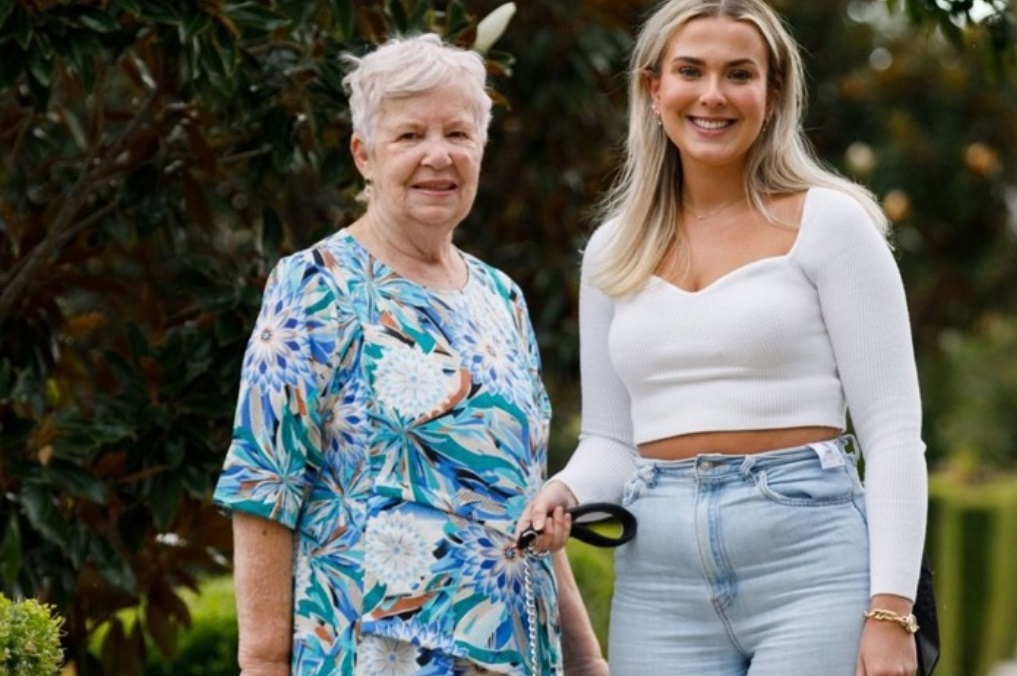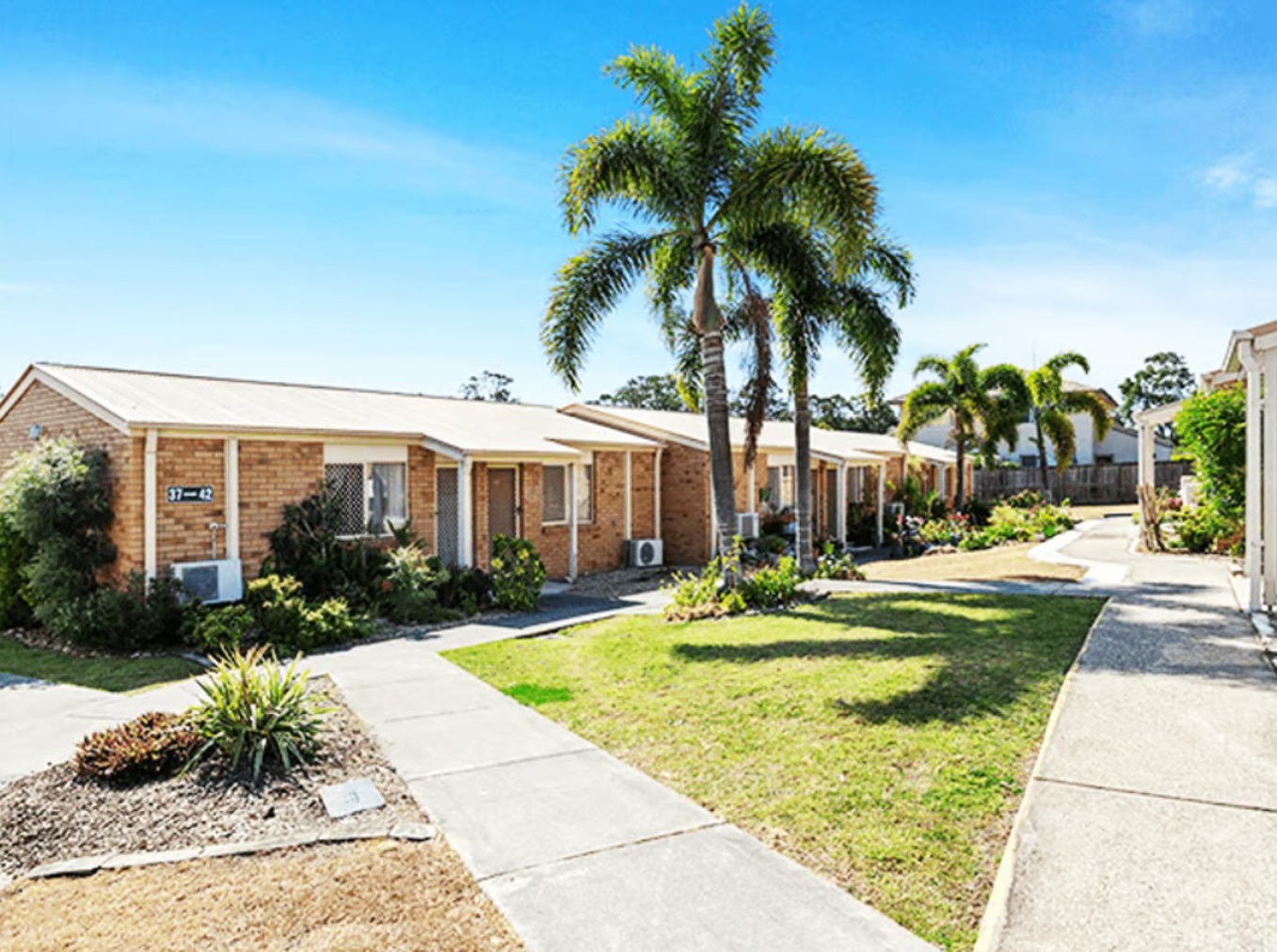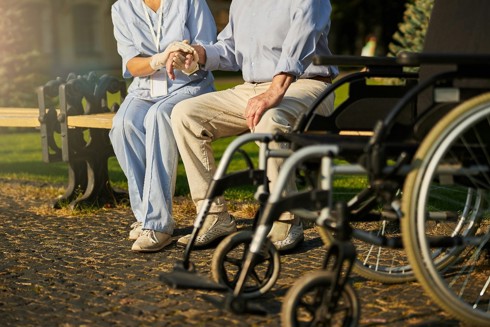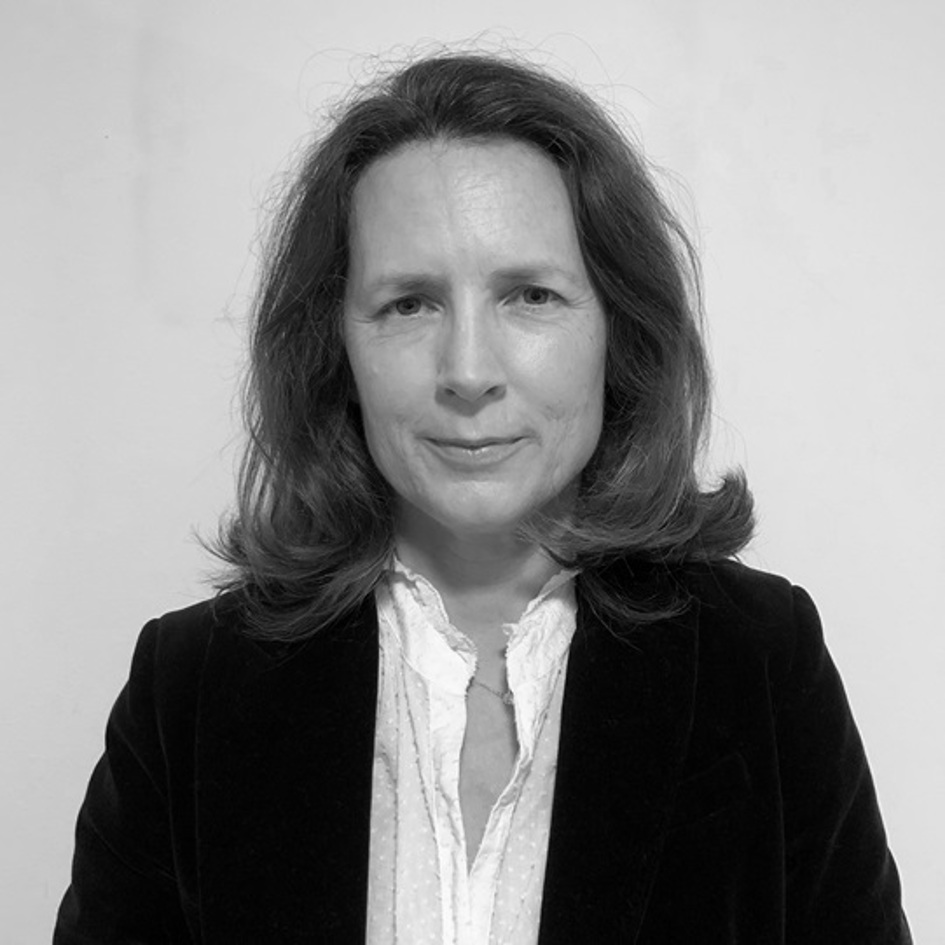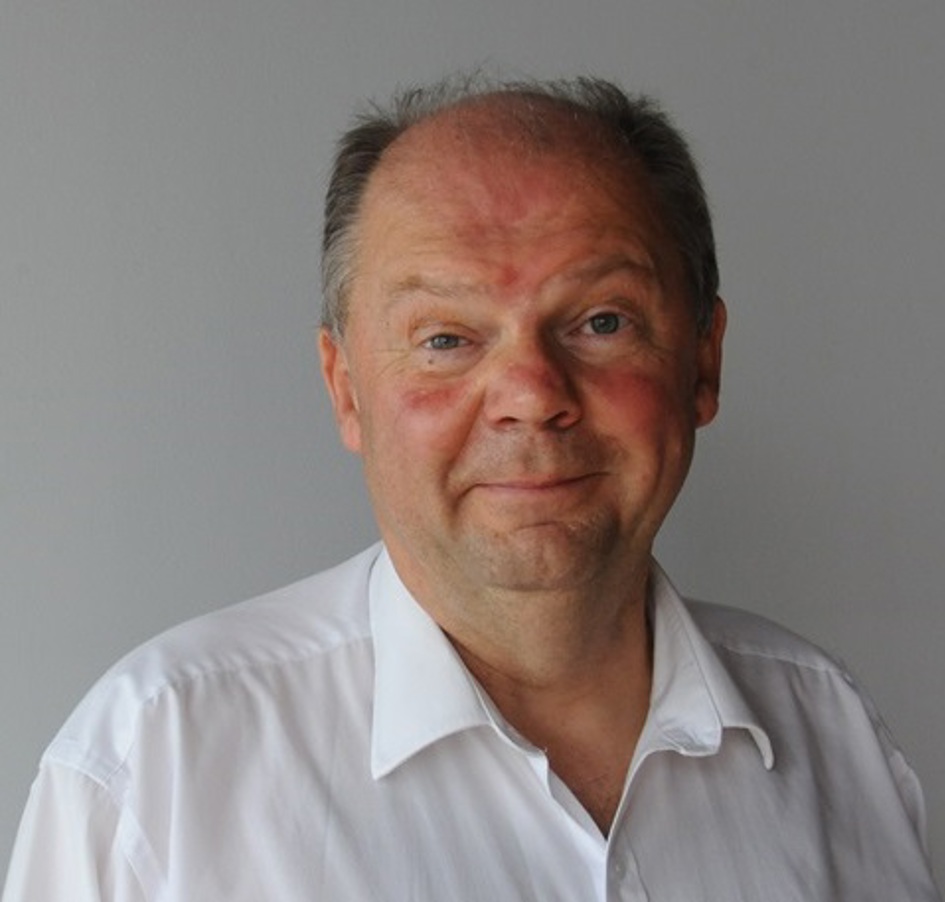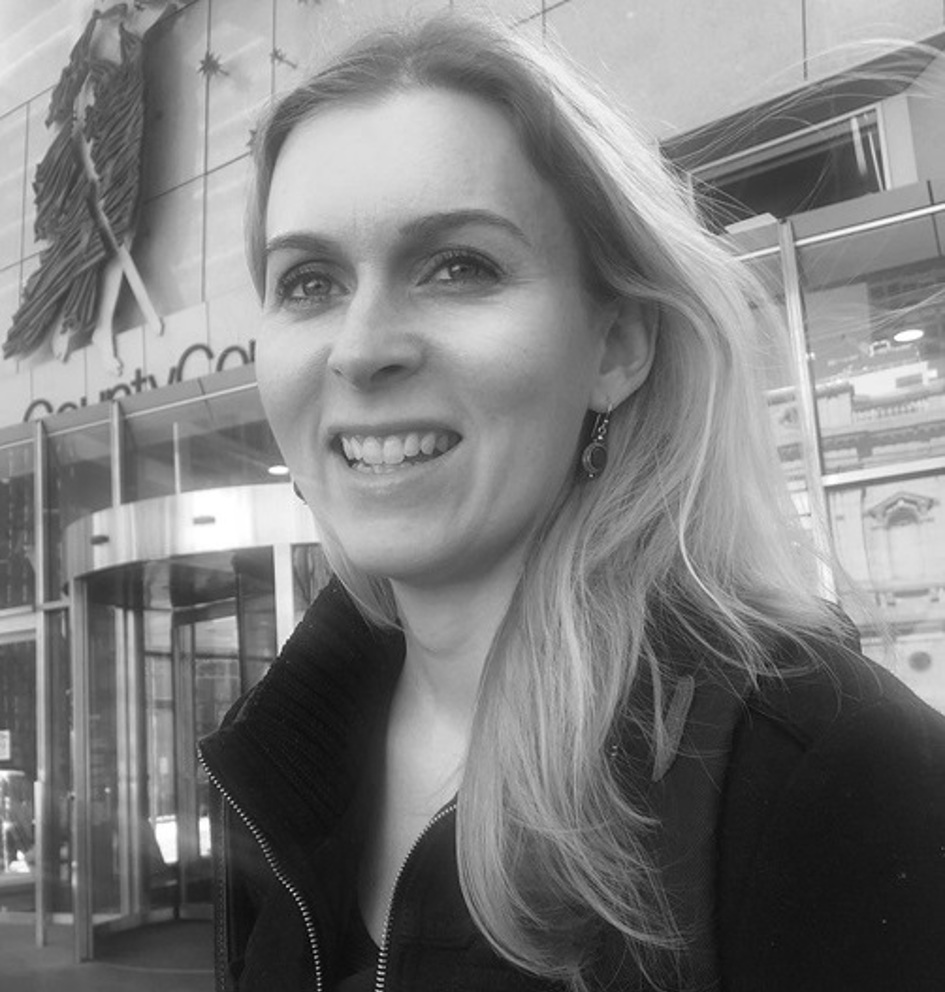The fear of falling could triple the risk – here’s how to overcome it
10/04/2025
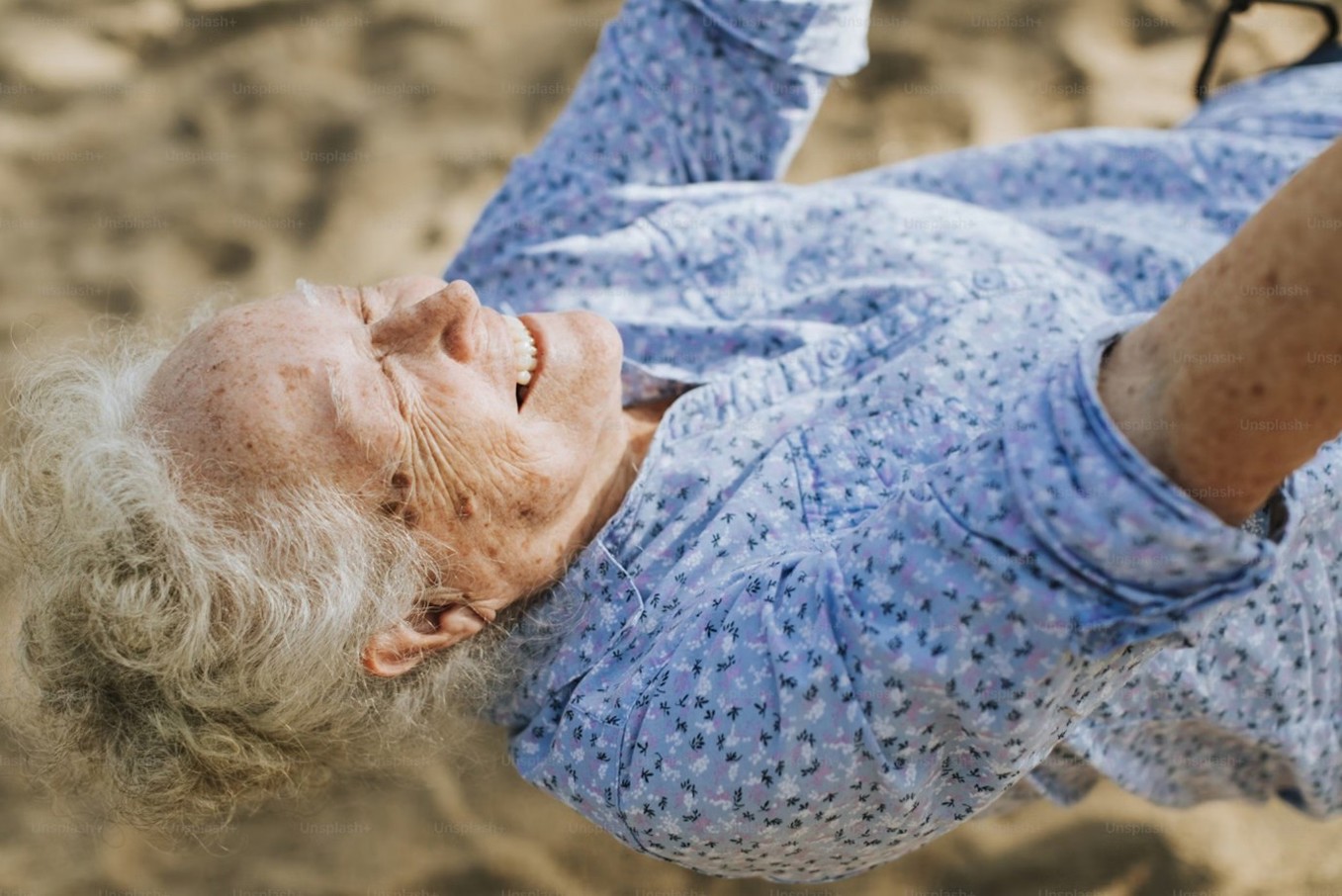
In Australia, falls are the leading cause of injury-related hospitalisations, with over 400 people admitted to hospitals every day due to a fall. The impact of a fall can be life-changing, often leading to long-term disability, loss of independence, and even premature moves into residential aged care.
But there’s more to the story – new research has shown that just the fear of falling can actually triple the risk of future falls. The study, led by Professor Kim Delbaere from Neuroscience Research Australia (NeuRA), reveals that when older adults worry about falling, their risk of actually falling increases significantly.
Why fear increases fall risk
The research found that older adults with a strong fear of falling were much more likely to experience a fall. This isn’t just because of physical frailty; the fear itself plays a key role in making falls more likely. In fact, the fear of falling can be both a cause and a consequence of actual falls. This is a crucial finding, as it shows that the fear of falling is an independent risk factor, even if you’re physically healthy.
How to overcome the fear of falling
If you or a loved one is struggling with a fear of falling, it’s important to know that it can be managed and even overcome with the right approach. Experts suggest a few strategies to regain confidence and improve balance:
- Exercise regularly
One of the best ways to reduce the fear of falling and improve balance is regular exercise. Activities like tai chi, yoga, Pilates, dance, and stretching can help boost strength and balance, which can reduce the fear of falling over time. - Walk in group settings
Walking in a group setting can help build confidence. Not only does it improve balance, but the social aspect of walking with others can help you feel more comfortable and supported. - Consider physical therapy
If balance issues are severe, personalised physical therapy could be a game-changer. A therapist can help pinpoint the cause of balance problems and teach specific exercises to address them. - Use assistive devices
There are many tools available that can reduce the risk of falls, such as canes, walkers, and strategically placed handrails. In the bathroom, grab bars and raised toilet seats can make standing up and sitting down much safer. Reachers are also handy for picking up items off the floor without having to bend over. - Improve lighting
Poor lighting can make it hard to spot hazards like loose rugs or small obstacles in your path. Improving the lighting in your home by using brighter bulbs, motion-sensing lights, or night lights can help you see better and avoid potential falls. - Remove tripping hazards
Loose carpets or rugs may look stylish, but they can be a serious tripping hazard, especially if you have balance issues. Make sure your home is free from any loose or uneven surfaces that could cause you to stumble.
Taking action for better balance
The fear of falling is real, but it doesn’t have to control your life. By addressing balance issues, staying active, and making simple changes at home, you can reduce your risk of falling and regain confidence in your mobility. It’s all about taking small steps to protect your health and well-being.





